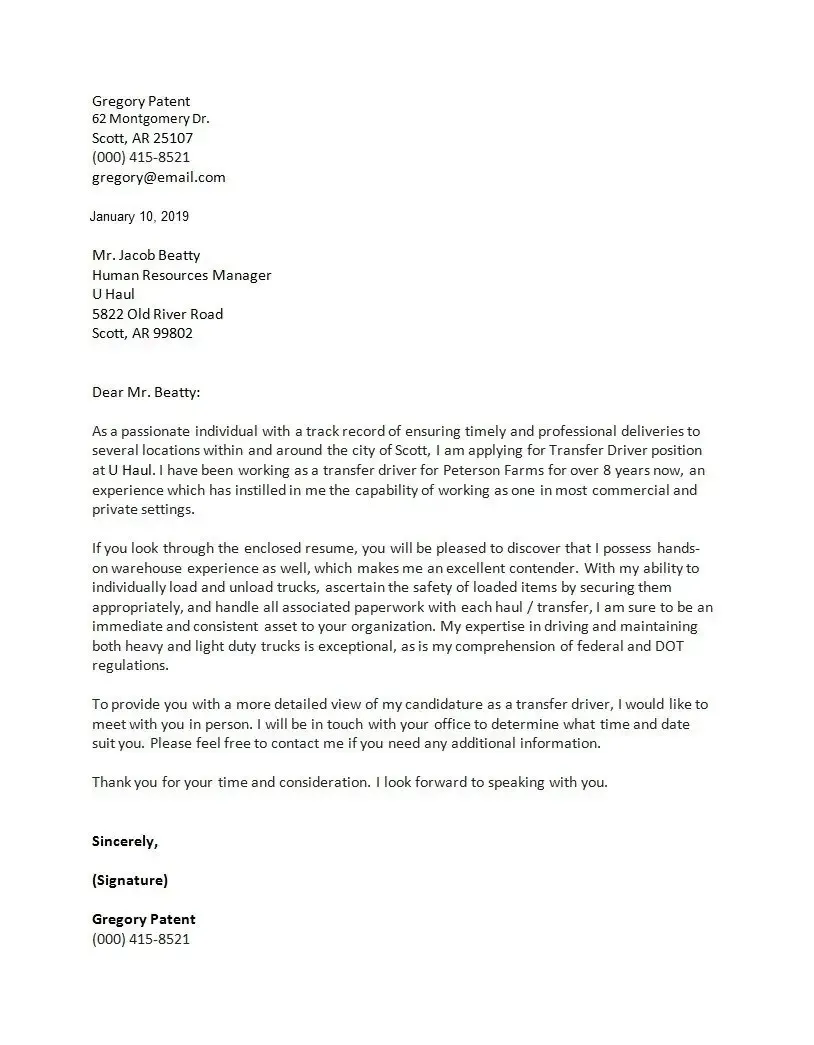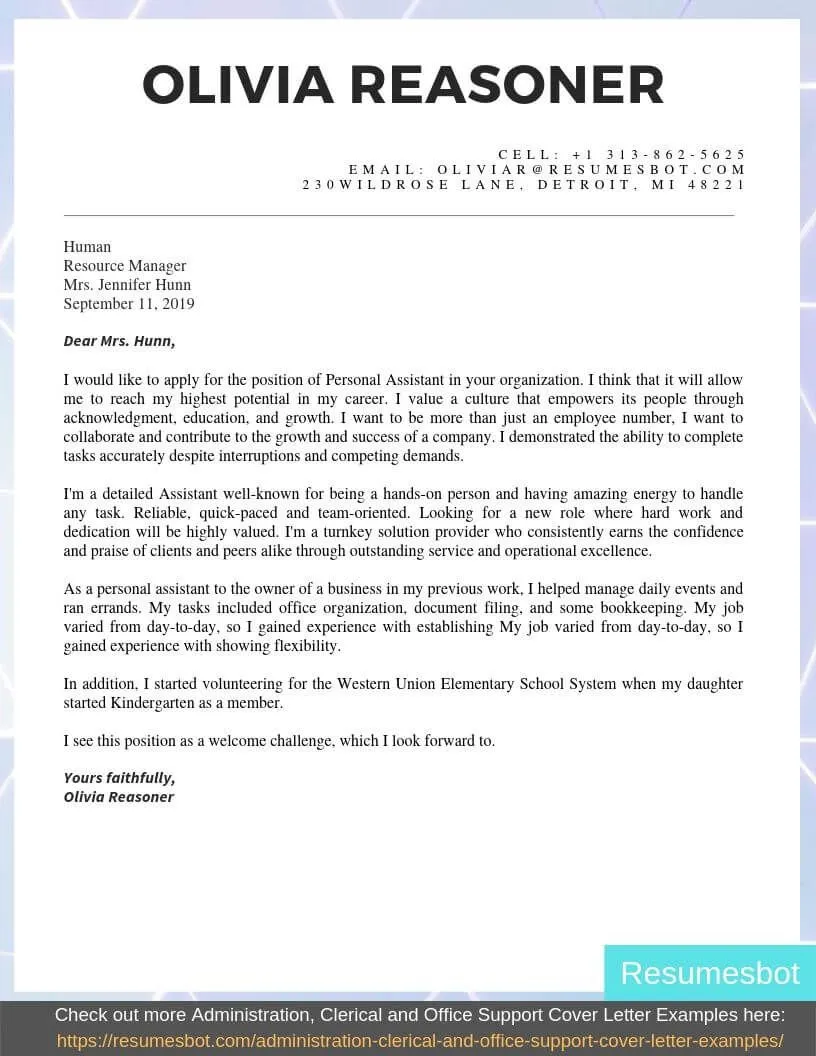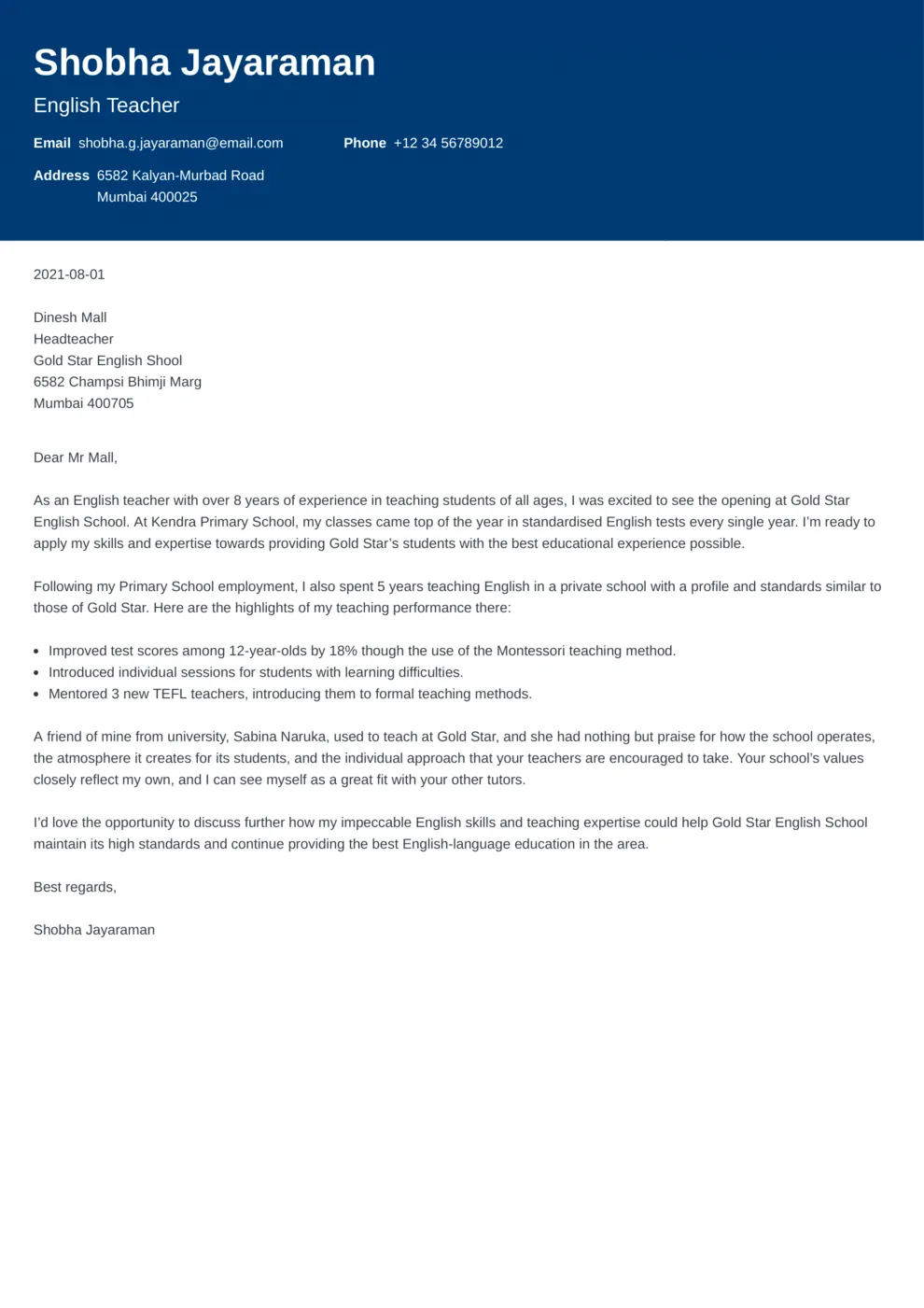Why Cover Letters Still Matter
In a world dominated by online applications and automated resume screenings, you might wonder if cover letters are still relevant. The answer is a resounding yes! A well-crafted cover letter provides you with a unique opportunity to go beyond the confines of your resume and tell your story. It’s a chance to express your personality, highlight your genuine interest in the company and the role, and demonstrate how your skills and experiences align with their specific needs. A cover letter is your first impression on a hiring manager, and it can significantly increase your chances of landing an interview. Many recruiters still read cover letters, particularly for more senior roles or jobs where soft skills are valued. It’s your chance to stand out from other candidates, demonstrating that you have taken the time to carefully consider the role and the company.
Cover Letter Structure Essentials
A clear and concise structure is crucial for a cover letter that captures the reader’s attention. The standard format includes an engaging opening, a persuasive body, and a strong closing. Begin with your header, contact information, and the date. The body of your letter should comprise of well-organized paragraphs, each focusing on key aspects of your qualifications and how they relate to the job. Make sure each section is clearly labeled, making it easy for the hiring manager to quickly grasp your main points. Your letter should be formatted neatly with appropriate spacing, font size, and margins, ensuring that it’s easy to read. Always proofread it to eliminate any grammar or spelling errors.
Header and Contact Information

Start your cover letter with a professional header that includes your full name, address, phone number, and email address. Ensure your contact information is current and accurate. Directly below your contact details, include the date. Following the date, add the hiring manager’s name (if known), their title, the company name, and the company’s address. Using the hiring manager’s name shows that you have done your research and that you are serious about the position. If the name is unavailable, use a general salutation like ‘Dear Hiring Manager’.
Greeting and Hook
The greeting sets the tone for your cover letter. Start by addressing the hiring manager by name, if possible. If you don’t know the name, use a professional greeting like ‘Dear Hiring Manager’. Your opening paragraph is your hook; it should immediately grab the reader’s attention. Begin with a brief, compelling statement that expresses your interest in the position and the company. This can include a quick mention of where you saw the job posting, what initially sparked your interest, or a brief accomplishment that demonstrates your suitability for the role. Make sure your tone is enthusiastic, and you can also mention your relevant experience briefly.
Highlighting Your Skills and Experience
The body of your cover letter is where you showcase your skills and experience, making a strong case for why you’re the right fit for the job. Instead of simply restating your resume, go deeper and explain how your qualifications align with the job requirements. Provide specific examples of your accomplishments and how you have successfully used your skills in previous roles. Use the job description as your guide to focus on the key skills and experiences the employer is looking for. Tailor your descriptions to directly address the employer’s needs. Quantify your achievements whenever possible to demonstrate your impact.
Tailoring to the Job Description

Customizing your cover letter for each job application is crucial. Before you start writing, carefully review the job description and identify the key skills, qualifications, and experiences the employer is seeking. Use this information to tailor your letter, highlighting how your background aligns with these specific needs. Avoid using a generic cover letter; instead, customize each one to directly address the requirements of the position. Mention the company by name, and show that you have researched their mission and values. This level of personalization demonstrates your genuine interest and enhances your chances of standing out from other applicants. Focus on the specific aspects of your background that make you a strong candidate for that particular role.
Quantify Your Achievements
When describing your accomplishments, use numbers and data to quantify your achievements. Rather than simply stating that you ‘improved customer satisfaction,’ provide specific metrics. For instance, say you ‘increased customer satisfaction scores by 15% through implementing a new customer service strategy’. Use numbers to illustrate the impact you’ve had in previous roles. This helps the hiring manager understand the value you bring to the table and provides tangible evidence of your skills. Be specific and provide context when quantifying your achievements. Include percentages, dollar amounts, and any other relevant metrics that demonstrate the impact of your work.
Showcase Your Personality
While professionalism is important, don’t be afraid to let your personality shine through in your cover letter. A cover letter is an opportunity to add a personal touch that shows who you are beyond your resume. You can express your enthusiasm, share your career goals, and demonstrate your passion for the role and the company. However, keep the tone professional and appropriate for the workplace. Your personality can help you build a connection with the hiring manager and make your application more memorable. The key is to strike a balance between being professional and letting your unique qualities shine through. Be yourself, and let your passion for the job come through.
Closing and Call to Action

Your closing should reiterate your interest in the position and summarize your key qualifications. Thank the hiring manager for their time and consideration. End with a clear call to action, such as ‘I am eager to discuss my qualifications further in an interview’ or ‘I look forward to hearing from you soon’. Provide your contact information again, making it easy for the hiring manager to get in touch. A strong closing leaves a lasting impression and prompts the hiring manager to take the next step. By clearly summarizing your key qualifications and ending with a call to action, you make it easy for the hiring manager to proceed.
Proofreading and Formatting
Before submitting your cover letter, proofread it carefully to catch any errors in grammar, spelling, and punctuation. Errors can damage your credibility and give the impression that you are not detail-oriented. Use a spell-checker and grammar-checker, but also read through your cover letter multiple times. It’s helpful to have a friend or colleague review it as a fresh set of eyes can often spot mistakes you might miss. Ensure your formatting is consistent and easy to read. Use a professional font like Times New Roman, Arial, or Calibri, and keep the font size between 11 and 12 points. Ensure proper spacing and margins throughout your letter.
Cover Letter Do’s and Don’ts
Understanding what to do and what to avoid can significantly improve the effectiveness of your cover letter. Here are some key do’s and don’ts:
Do:
- Tailor your letter to each specific job.
- Highlight your skills and experiences relevant to the job description.
- Quantify your achievements with numbers and data.
- Proofread carefully for errors.
- Use a professional and enthusiastic tone.
Don’t:
- Use a generic cover letter.
- Simply repeat your resume.
- Include negative information or complaints.
- Use slang or informal language.
- Make the letter too long; aim for one page.
